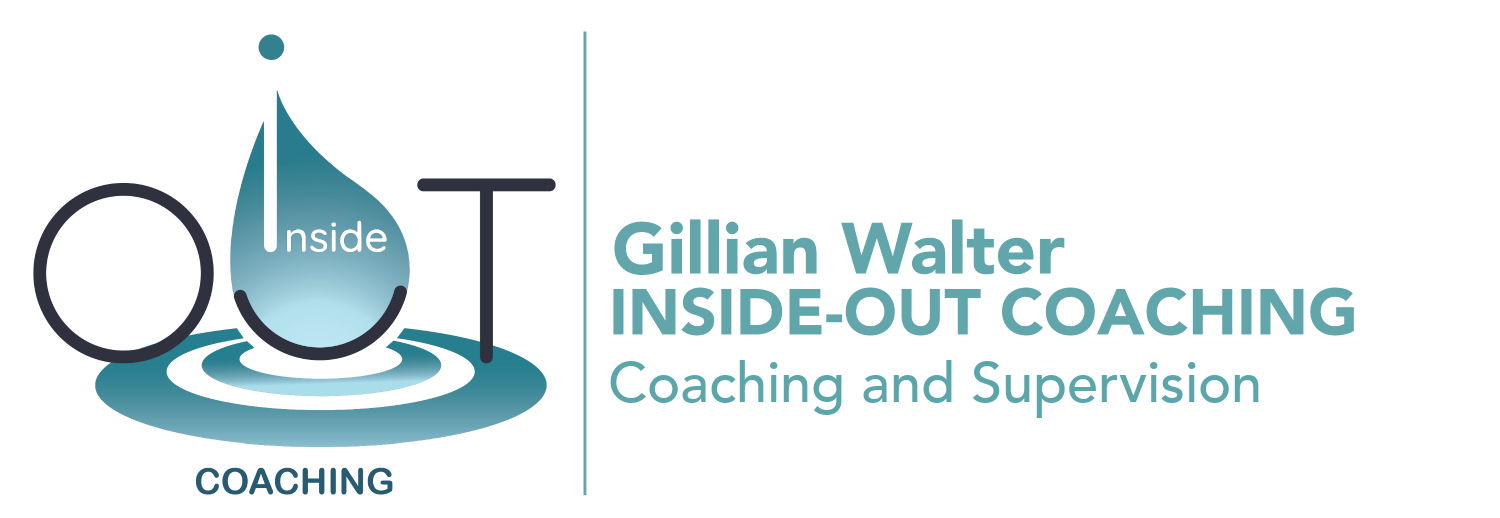
Coaching with Compassion
Holding Space: The Coach’s Role in Mental Well-being Conversations
In the coaching world, we often emphasise progress, goal-setting, and breakthroughs. And rightly so. But what happens when clients bring not just goals — but the full spectrum of their human experience: vulnerability, fear, doubt, grief, overwhelm? How do we, as coaches, responsibly and compassionately hold space for those mental well-being conversations, without overstepping the boundary into therapy?
In this post, I want to explore what “holding space” really means, why it matters, and how your coaching practice (or coaching training) can integrate this mindset in a way that is both deep and safe.
What Does “Holding Space” Mean?
To “hold space” is to create a container of presence, acceptance, and safety for whatever arises in a session — without judgment, without rushing to fix, and without needing the client to be “okay.” It is an offering: you, as coach, are present with the client in their experience — emotionally, cognitively, energetically — while trusting in their capacity to move toward insight, healing, or clarity (in their own time).
Holding space is not rescuing, diagnosing, or pathologising. It is not therapy. But it is a powerful complement to coaching, especially when the client is navigating emotional terrain.
Why Holding Space Matters in Coaching
-
Clients bring their whole selves.
We often refer to “the whole person” in coaching. That means thoughts, emotions, physical sensations, stories. To ignore the emotional or mental well-being aspect is to ignore much of what’s alive in a person at that moment. -
Vulnerability builds trust and depth.
When clients sense you can be with them, even when it’s “hard,” they may lean in and open up in ways that catalyze deeper change. This can shift the relationship from “task-oriented” to “transformational.” -
Supports resilience and integration.
Growth is not just strategic; it’s also emotional. Clients often need to process anxiety, uncertainty, grief, or self-doubt alongside action. Holding space helps integrate inner work with outer goals. -
Preserves boundary integrity.
Recognizing where coaching ends and therapy begins is essential. Holding space well means you honour both the client’s inner experience and the limits of your role as a coach.
Integrating ACADEMY Tools to Support Well-Being Conversations
At ACADEMY, our tools (frameworks, prompts, reflections) are designed not only for goal clarity and strategic progression, but also with emotional attunement in mind. Here’s how they can help you:
-
Emotion-mapping prompts built into coaching tools help you and the client notice the emotional undercurrents of goals.
-
“Internal Ally / Saboteur” frameworks support clients to converse with internal parts, with compassion.
-
“Inner Resource” exercises help clients anchor to strength, calm, grounding, especially when anxiety or overwhelm arises.
-
Check-in templates at key points in the session (start, midpoint, closing) invite emotional awareness and integration.
By weaving these into your practice, you strengthen the scaffolding around well-being without having to “be the therapist.” You hold space with structure, clarity and care.
Coaching with compassion is a posture, a mindset, and a set of practices. It doesn’t require becoming a therapist. Rather, it invites you to deepen your humanity, your empathy, your capacity to stay present — even when the coaching journey meets turbulence.
When we hold space well, clients feel seen, heard, and dignified in whatever they bring. They sense that their inner life — their vulnerabilities, their fears, their grief — is valid within the coaching container. And that opens room for transformation that feels embodied, sustainable, and integrated.
If you’d like to explore more ways to embed well-being posture in your coaching, or to get tools from ACADEMY to support this, I’d love to talk further (or you can browse the tools library).

